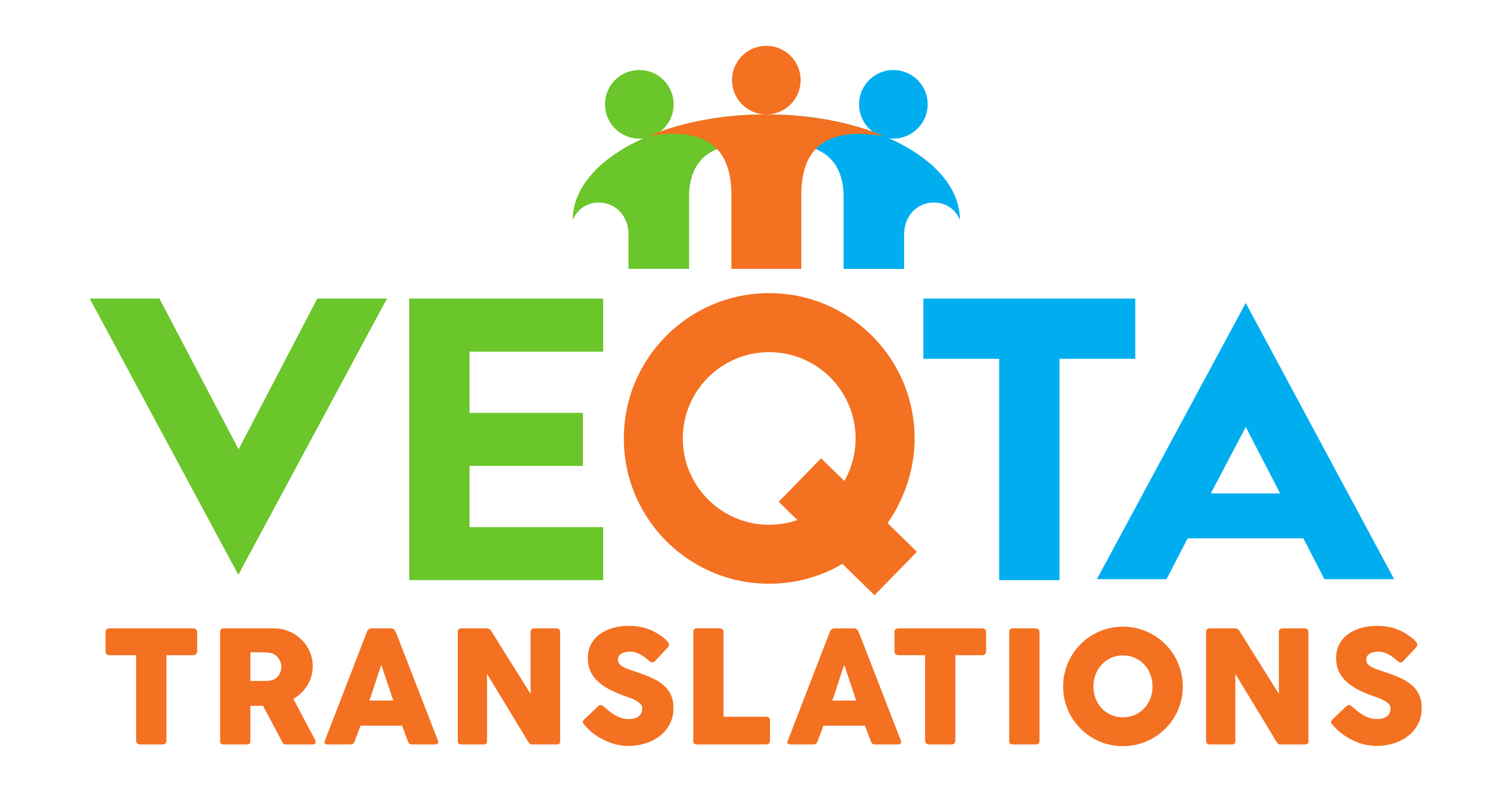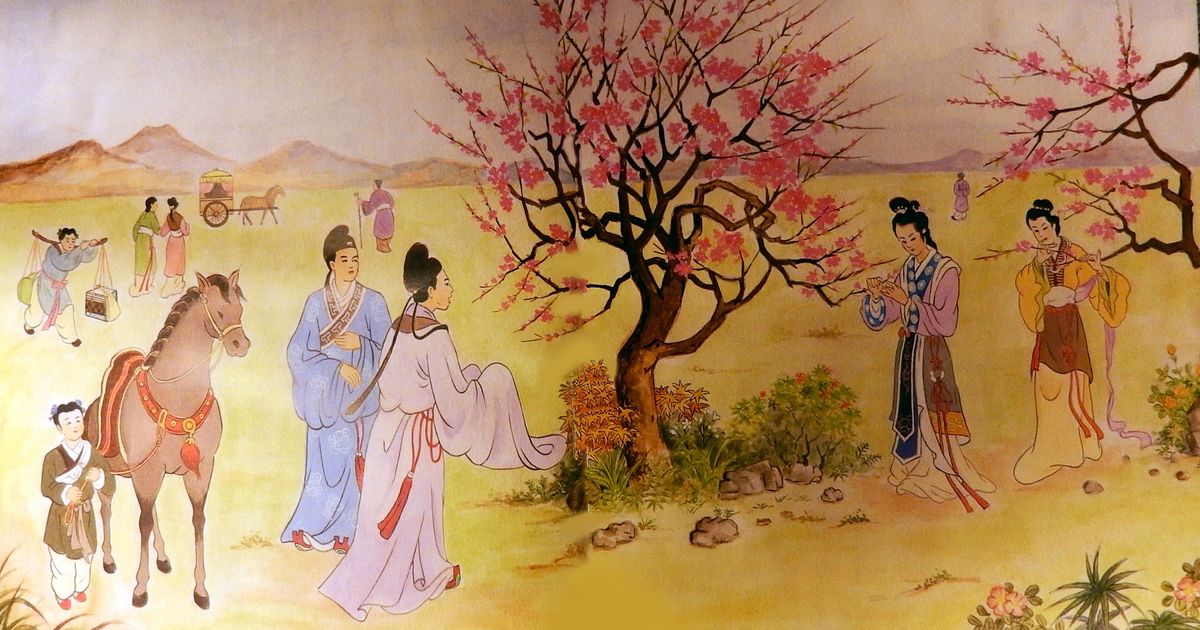Nguyễn Du’s The Tale of Kiều (Truyện Kiều) is Vietnam’s most celebrated literary masterpiece—a poetic epic capturing love, fate, and morality. Translating this 19th-century work into English has been an enduring challenge for linguists and poets alike. With over ten English versions published since 1965, including translations by Huỳnh Sanh Thông, Vladislav Zhukov, and Timothy Allen, each reveals a distinct interpretation of both language and soul. This article explores how different translators balanced faithfulness and creativity when bridging Vietnamese and English.
1. A Brief Overview of The Tale of Kiều
Composed in lục bát (6-8 syllable) verse, the poem recounts Kiều’s tragic life as she sacrifices herself for family honor.
2. Huỳnh Sanh Thông’s Scholarly Approach
Thong’s 1983 version remains the most academically cited, emphasizing linguistic precision over poetic rhythm.
3. Vladislav Zhukov’s Poetic Reimagining
Zhukov’s version (2004) prioritizes melody, adapting rhymes to echo English romantic poetry.
4. Timothy Allen’s Modern Prose Translation
Allen’s translation (2019) seeks accessibility, offering clear narrative flow for Western readers.
5. The Challenge of Rhyme and Meter
Lục bát’s tonal rhythm cannot be replicated fully in English. Translators balance meaning against music.
6. Cultural References and Wordplay
Terms like “tình duyên” and “nghiệp” resist direct translation, forcing creative paraphrase.
7. Reader Reception and Critique
Scholars debate which version best preserves emotion versus accuracy.
8. Lessons for Translators
Each rendition shows that translation is interpretation—a dialogue between two poetic traditions.
Conclusion
Translating The Tale of Kiều is not about literal faithfulness but emotional resonance. Each translator contributes a new lens, proving that localization is an act of cultural renewal as much as linguistic craft.
FAQs
1. How many English versions exist?
Over ten, each differing in tone and structure.
2. Which is the most accurate translation?
Huỳnh Sanh Thông’s version is widely regarded as the most faithful.
3. Why is *The Tale of Kiều* difficult to translate?
Because it’s poetic, tonal, and culturally dense.
4. What can translators learn from these versions?
To balance linguistic precision with emotional truth.
5. Is a perfect translation possible?
No—but each version reveals new facets of the original’s beauty.


